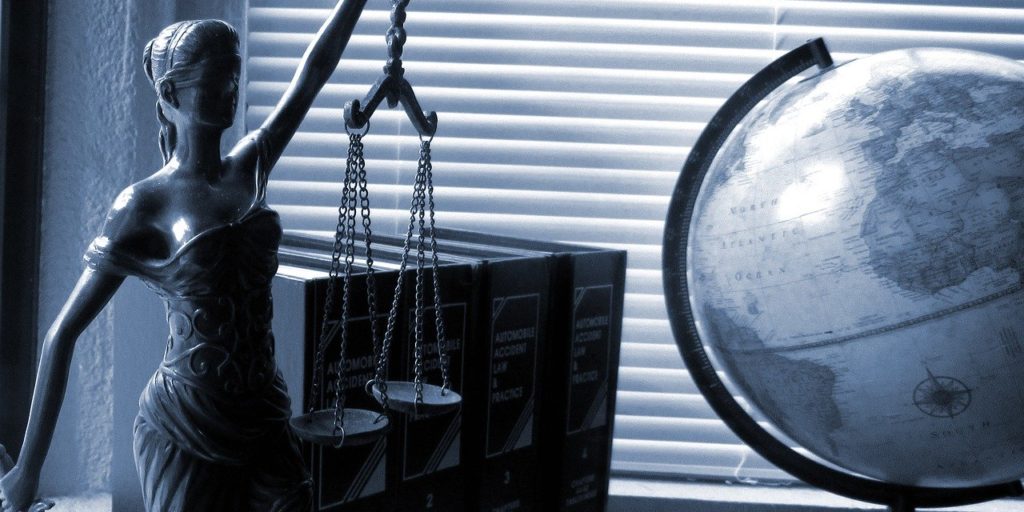- Even the deceased cannot hide from a class-action lawsuit - August 29, 2022
- Class action is a powerful weapon in human rights violations battle - July 6, 2022
- Lawsuit takes aim at health authority’s vetting practices - February 14, 2022
By Tony Poland, LegalMatters Staff • Class-action lawsuits can be effective in providing access to justice when there are allegations of human rights violations, says Toronto class-action lawyer Tina Q. Yang.
Pointing to a lawsuit filed against the Canadian Armed Forces (CAF) claiming systematic racism and institutional discrimination, Yang, associate litigation lawyer with Waddell Phillips Professional Corporation, says bringing claimants together in such circumstances can be more advantageous than proceeding individually.
“In some regards, these types of cases represent what we are trying to achieve generally with the class-action vehicle, which is to fill in the gaps where it is impractical or impossible for people to bring their own suits,” she says. “People are often reluctant to file claims with regard to discrimination, whether it is because of fear of reprisal, recrimination that can result in career-limiting issues, or due to the trauma stemming from the discrimination and harassment.
“It is quite common that we hear about systematic racism and institutional discrimination but without the class action there is no way that many of these people could have sued or would have sued,” Yang, who is not involved in the case but comments generally, tells LegalMattersCanada.ca.
Claim hoping to bring about substantive systemic and institutional changes
According to news reports, plaintiffs in the class-action lawsuit against the CAF believe their claim will bring about substantive systemic and institutional changes to deal with racism and discrimination in the military.
The lawsuit was filed in December 2016 and an agreement in principle has been reached, it was reported.
“I’m very optimistic because we’ve been working in close collaboration with the [federal] Department of Justice, which is the legal counsel for the Canadian Armed Forces and we seem to be no longer at a crossroads, as it were, but we’ve implemented cultural competency and trauma-informed care in our deliberations, and that gives me significantly great hope,” Rubin (Rocky) Coward, one of four plaintiffs in the class action told the Halifax Examiner.
Yang says “just the act of litigating these cases is shedding light on issues” that have resulted in change in policy and attitudes within some organizations.
“We have already seen some of the impact of these types of cases,” she says. “In some situations, it is clear that the commitment to change has become a real priority of institutions involved in recent lawsuits. The existence of these class actions and, where applicable, their resolutions have brought about directional change even if the end effects are often still being played out.
‘Certainly people are paying attention’
“Obviously, the problems have not been eliminated but certainly people are paying attention. I believe that can be tied in part to successful outcomes of class actions.”
Class-action claims involving issues of racism or discrimination present different challenges in litigation than would be encountered in other types of cases, Yang says.
“In terms of actually moving the case forward, it is generally easier to work with, for example, a defective product case,” she says. “It is easier to connect with large numbers of class members. It is easier to come up with objective, scientific evidence.
“You have your materials engineer, you have your biomechanical expert who can tell you exactly what went wrong,” Yang adds. “Whereas a systemic discrimination case can be more demanding in terms of gathering evidence and actually prosecuting the case.”
Proving commonality of class members and the allegations can also be a hurdle, she says, as well as establishing the systemic wrong.
May put a toll on the representative plaintiffs
Yang says because of the nature of the claim, lawsuits involving systemic racism or discrimination can also put a toll on the representative plaintiffs, who speak for the other plaintiffs in litigation.
“These types of cases ask more of the representative plaintiffs who have to be an active part of proceedings where their very personal and traumatic experiences are questioned and often treated skeptically or sometimes outright denied by the defendant,” she says. “Class actions are not a perfect vehicle, but they’re certainly better than no access to justice.”
For individuals to pursue these claims independently, “it can be a little easier in terms of the evidentiary burden because you don’t have to prove the systemic nature of the discrimination,” says Yang.
‘Generally onerous for individuals to launch their own lawsuit’
“You only have to prove the individual discrimination,” she says. “But it is generally onerous for individuals to launch their own lawsuit because of barriers to access to justice, such as cost. All litigation can be expensive, and this type of litigation is commonly prohibitively expensive for individuals.”
Yang says class-action lawsuits are relatively new in terms of litigation but have proven to be effective so far.
“We are entering the fourth decade of class actions in Canada and we are still exploring what we can do with them because circumstances are always evolving,” she says. “But the class action can be an effective tool to deal with these issues of racism and discrimination. As an example of our changing circumstances, societally, there is more understanding now of the extent and nature of historical discrimination. There has been somewhat of a societal reckoning on certain issues and I believe that class actions have contributed to that.”
More from Waddell Phillips Professional Corporation:
Contentious court disputes can come with costly consequences


Pingback: Child's welfare, not biology, comes first in custody considerations ⋆ LegalMattersCanada